Nothing expresses the joy of French life quite like the irresistible delight to the senses when biting into triple-fat Fromage cheese. France is a country that prides itself on the fact that its culinary culture abounds in various types of cheese. And rightfully so.
Whether because of national envy, however, or for some other reason, the English writer and publicist G.K. Chesterton says: Poets keep a mysterious silence about cheese, and Charles de Gaulle himself shares with a sigh the following assessment with his compatriots: How can you run a country that has 246 types of cheese? . Well, perhaps the great politician was being modest, because to date, over 1, 000 different cheeses can be listed in France's culinary lexicon.
The French treat their national symbol with due respect and starting with Roquefort cheese in 1925, to date they have about 40 cheeses that are marketed with the AOC mark, which guarantees a high category of quality, controlled designation and origin. This means that a Cantal cheese bearing the AOC Protected Designation designation must necessarily come from the Cantal mountain in Auvergne, and its milk must have been milked in the winter from cows of the Saler breed. Naturally, it must have been produced in accordance with a specific methodology and matured in the required environment for at least one month.
The following list shows some French cheeses that are famous for their unique quality and taste.
Langres

Region of origin: Champagne
Type of milk: cow
Ripening period: about 6 weeks
Langres is a cheese with an individual character. It is thick, moist and creamy. Extremely memorable and pairs beautifully with both its soft texture and delicate flavor with a crusty baguette or toast. Langres is a smelly cheese, but not with the impact stun effect for the sense of smell. It confirms the familiar belief about the unsurpassed taste of French cheeses. Processed in brine, aromatic, milky and breathtaking - Langres!
Served: with delicious toast or warm bread. It can go well with a red wine from Rhône and plums.
Fromage de Meaux

Region of origin: Ile-de-France (Brie)
Type of milk: cow
Ripening period: about 6 weeks
The Real Brie from... Brie. It can be made from both pasteurized and unpasteurized milk. The second version, has some characteristic nuances of the taste of the finished cheese are not lost, but regardless of the preparation method, Brie is inevitably charming. This French cheese is solid, buttery, with a hint of mushrooms, garlic and almonds.
Served: with champagne or a glass of red wine from Burgundy.
Comte
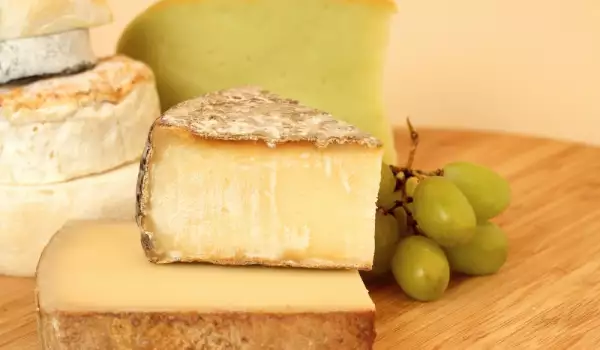
Region of origin: Franche-Comté
Type of milk: cow
Ripening period: from 12 to 18 months
One of the most gorgeous cheeses in the world. Comté is made from unpasteurized milk from Montbéliard cows, raised high in the Jura Mountains for centuries. The cows graze in abundance on the lush pastures and in the summer the taste of the cheese acquires floral flavors. Comte is satisfying, smooth and highly prized, with hints of hazelnuts, caramel and ripe, juicy fruit. The cheese is firm, yet elastic in texture.
Serving: it is perfect for melting and for making a classic fondue. It is also welcome as an addition to dishes in which it will be baked. It can also be served in a platter along with dried fruit, combined with a red wine such as Beaujolais.
Camembert

Region of origin: Normandy
Type of milk: cow
Ripening period: about 30 days
The amazing complex of flavors reminiscent of mushrooms and a fried egg are erased when the cheese is pasteurized. Camembert is has an aroma of wild mushrooms and earth, is creamy and rich. Everyone who has tried it remains completely satisfied with the money spent.
Served: with cider from Normandy or made from the Chenin grape variety. Camembert pairs perfectly with a spoonful of date jam or onion jam.
Ossau-Iraty
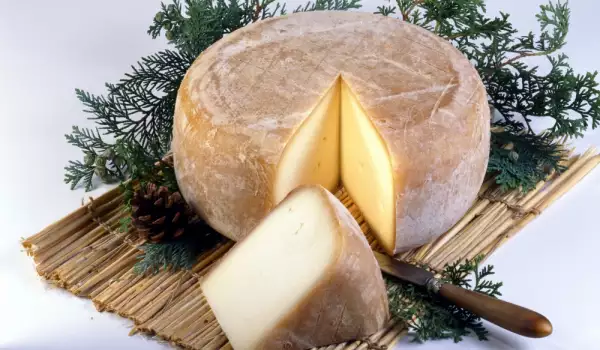
Region of origin: the northern part of the Pyrenees
Type of milk: sheep
Ripening period: about 90 days
This pressed-ripened, unprocessed, raw sheep's cheese has diverse layers of flavor and an explosive aroma. Ossau-Iraty is one of the sheep's milk cheeses sold under the AOC label (the other is Roquefort), and you can really enjoy its authentic smell even when eating it with other highly aromatic products. The taste is mild, but distinctive and noticeable. Ossau-Iraty is hard, smooth, sweet and nutty.
Serving: it is melted fantastically; grate it over a different type of pasta or soup. You can also enjoy its taste with a glass of Sauvignon Blanc or Madiran.
Roquefort
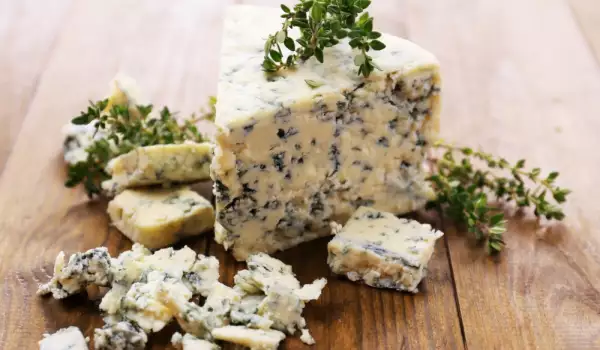
Region of origin: in the vicinity of the small town of Roquefort-sur-Soulzon in the south of France
Type of milk: sheep
Ripening period: from 2 to 4 months
In the legend of the creation of Roquefort cheese, it is said that a young man was tending his sheep when he saw ripened swarming beautiful girl in the distance. He was so fascinated with her that he immediately followed her, forgetting his rye bread and cheese for breakfast in a nearby cave. When he returned a few months later to the same place, he did not know that he would ripen for the first time a culinary legend, turned into one with the help of the penicillin fungus. Roquefort currently earns the nickname The King of Blue Cheeses. This amazing cheese has been around for hundreds of years. It is skinless and moist in texture, with green and blue veins, exciting to the senses, with a spicy-sweet hue and an amazing aroma.
Served: with a beetroot and walnut salad or melted over a juicy steak paired with a glass of Sauternes dessert wine.
Chevre
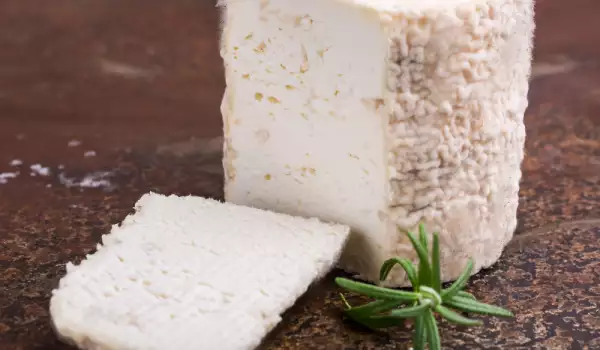
Region of origin: from the Loire Valley and Poitou
Type of milk: goat
Chevre is the French word for goat and a general term used for various types of goat cheese. Some of the more popular among them are: boucheron; goat cheese with a sharp taste from Chavignon - Crottin de Chavignol; Pauline Saint-Pierre; Chabichou du Poitou; goat cheese in the shape of a pyramid - Valencay, etc. Sometimes Chevre is covered with sprinkled ash to keep it from drying out. This memorable cheese can be light and creamy, but as it matures over time it becomes drier, harder, more brittle and, to some extent, more sour.
Served: in salads, when preparing omelets and on pizza.
Mon Leveque

Region of origin: Normandy (the small town of Pont Leveque)
Type of milk: cow
Ripening period: about 6 weeks
Norman monks in the Middle Ages supplemented their dinners with this milky, aromatic plant brine and richly flavored cheese - an end to dinner with an unforgettable delight for the senses. Cut a small square piece of the firm orange cheese and you'll see the moist, ivory-colored inner layer move slightly outwards. Eat everything from the rind and the inside of Pont Leveque. This cheese has a thick rind, has a strong smell, but a delicate and mild taste. Sweet, tart, creamy and addictive - Pon Leveque.
Served: with champagne, with wine Pinot Noir or Gamay. The combination of Pon Leveque with different fruits is not at all strange, but downright incredible, but they go best with the pear.
Tomme de Savoie
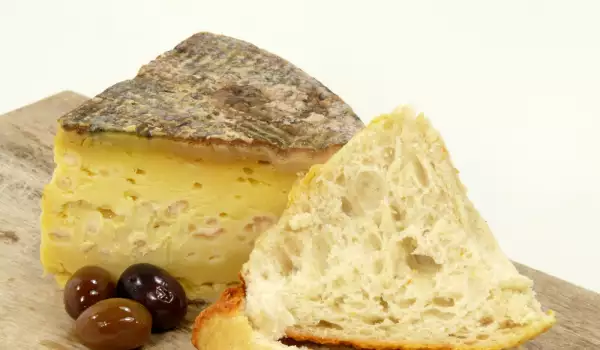
Region of origin: from the Savoie Valley in the French Alps
Type of milk: cow
Ripening period: about 2 months
Tomme is a general term for a round-shaped French cheese - usually small in size. Tomme de Savoie is exactly that Savoie cheese that is known to be a local popular product. The cheese justifies all the positive rumors about itself. It is made from skimmed milk, the cream of which is separately used to make butter or for higher-fat cheeses. Its smell is strong and intense. Tomme de Savoie is semi-soft, with a hard crust covered with mold. It has a natural, homemade, earthy taste, reminiscent of the place where it has ripened.
Served: with Alsatian Riesling or Belgian Double. Perfect with walnuts, melted over a baked potato or casually sprinkled over an arugula salad.


















Comments